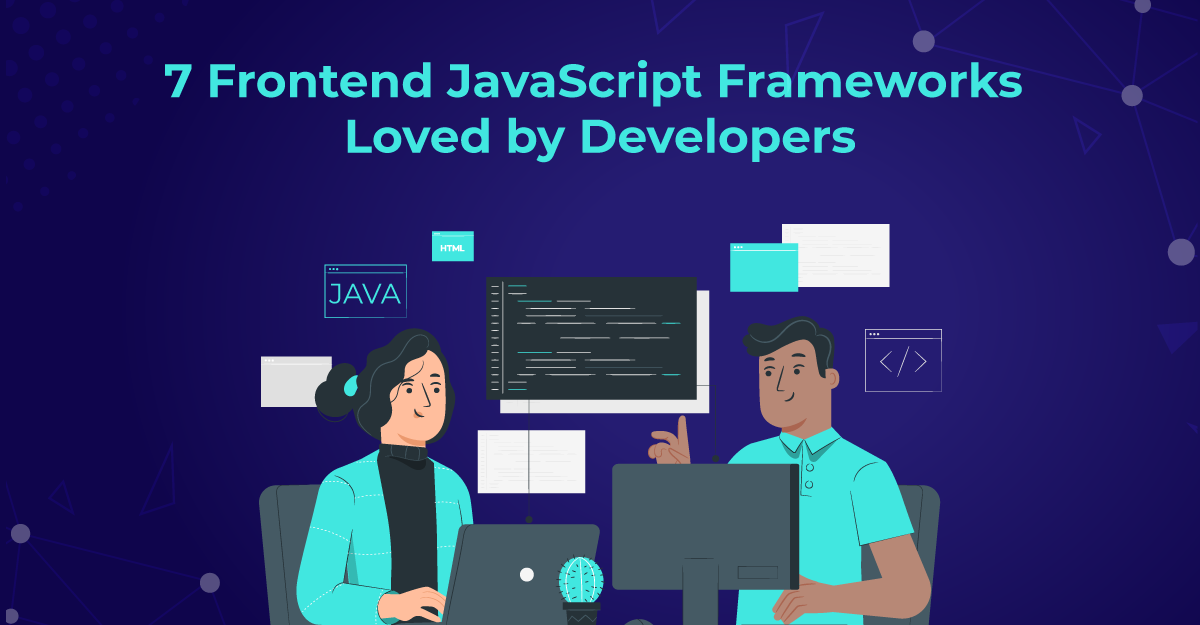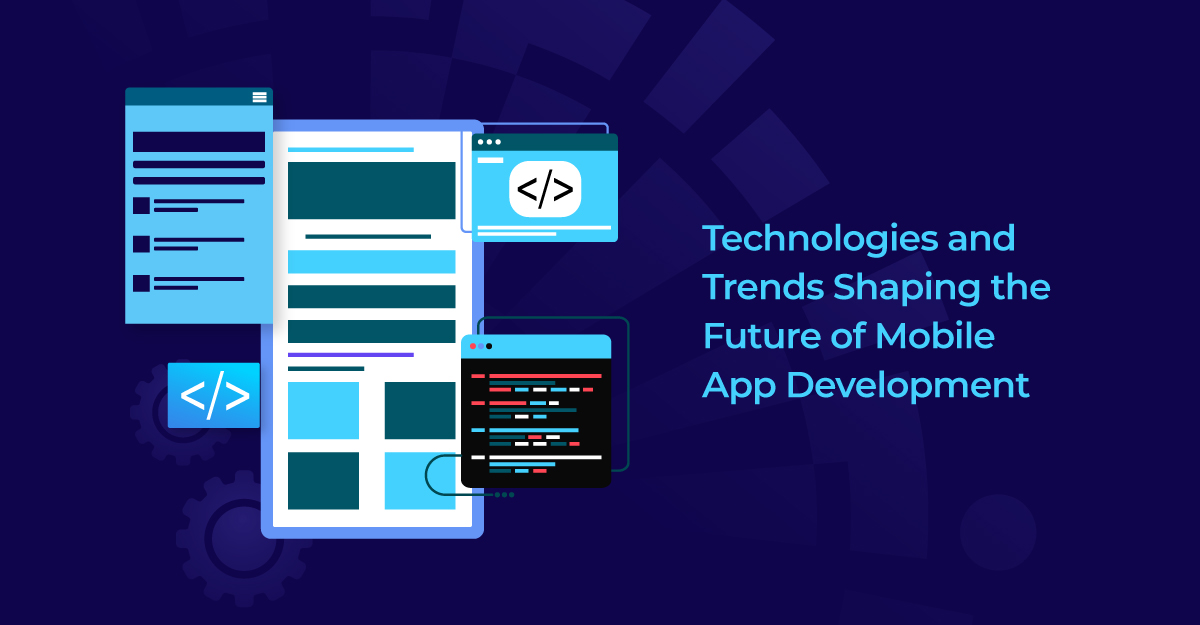The astronomical rise of TikTok in 2020 took place due to many reasons. We all were looking for entertainment that would distract us from the pandemic. The AI algorithm responsible for creating a highly curated feed according to the users made it fun for each of us.
But one of the main reasons which is often overlooked is its 15 seconds vertical video feature. The keyword here is '15 seconds'. A small duration makes content consumption so much easier and more fun. The creators of TikTok knew this because humans' 'attention span was getting shorter over time.
Right tools necessary for frontend developers to create a strong and lasting first impression
If you have anything on the internet, be it a blog, vlog, or a website, it has to be aesthetically pleasing or straight-to-the-point because the users would not spend more than a couple of seconds on your website if they did not get what they wanted. That is why the Frontend development of the website is so crucial. If your website is not properly organized, the performance is not up to par as navigating through it would be a tough task; not only is it going to create an unsightly appearance, but it may also drive away from the visitors.
That is why the frontend developers of product development companies need to have an eye for detail because their creation is what users will see and interact with. This is where JavaScript Frameworks come into the clutch. Product development companies should provide 360-degree knowledge to the client, from idea generation to commercialization. This article does an in-depth analysis of the top Frontend JavaScript Frameworks that will help you create a first impression on the users that will last forever.
1. React
For the last four years, React has been the most used front-end JavaScript library. There are good reasons for that - the usage is at an all-time high, learning materials are readily available on the internet, and the number of job openings available.
- Advantages
- Good for beginners
- Frequently updated
- Reusable code components
- Compatible with other JS libraries
- Backed by Facebook - Disadvantages
- Lack of well-elaborated documentation
- Complexities of learning JSX syntax
- Real-life projects build of React
- Airbnb
- Pinterest
- Reddit
- Netflix
2. Vue.js
A brainchild of a person also behind the development of another popular framework - Angular. Evan You launched Vue.js in 2014, and after that, it has become the third-best JavaScript framework. Vue.js is one of the lightweight frameworks in terms of size, and it tends to have faster updates in the browser.
- Advantages
- Beginners friendly
- Tiny and fast
- Detailed documentation
- SEO friendly - Disadvantages
- Lack of plugins
- Limited applicability to bigger projects - Real-life projects build on Vue.js
- Xiaomi
- 9gag
- Alibaba
3. Angular
Angular - Brainchild of Google itself. Angular is the second most used frontend framework after React. Presented by Google in 2009, it has gained popularity in the community since then. The best part about Angular is that a team maintains it at Google, so updates are implemented faster. The versatility and flexibility that Angular JS provides is why it is perfect for websites and mobile app development.
- Advantages
- Backed by Google
- Improved server performance
- Two-way data binding
- Component-based architecture - Disadvantages
- Not so beginner-friendly
- Large in size - Real-life projects build on Angular
Since Google backs it, many of Google's services have been developed with Angular.
4. Svelte
Svelte is the newest kid on the block. It is neither a framework nor a library but a compiler. Svelte is a minimalist and the fastest framework that requires less coding than other languages.
- Advantages
- Lightweight
- One of the fastest frontend framework
- SEO optimised - Disadvantages
- Limited ecosystem
- Lack of learning material - Real-life projects build on Svelte
- Philips
- Razorpay
- The New York Times
5. JQuery
JQuery is one of the oldest frameworks. It has been around for 12 years and shows no signs of stopping. One of the main reasons it is still relevant after so many years is its minimalist approach to coding. After all these years, they have stuck to their roots: write less, do more.
- Advantages
- Beginner-friendly
- Compatible with all popular web-browsers
- A great choice of plugins
- SEO optimised - Disadvantages
- Huge in size
- Apps made with it can be a bit slower than native - Real-life projects build on JQuery
- Kickstarter
- Pandora
- SurveyMonkey
6. Backbone.js
Backbone.js is a free, open-source JS library developed by Jeremy Ashkenas in 2010. Developers use Backbone.js to create single-page web applications.
- Advantages
- Beginner-friendly
- Requires less coding
- Tiny size - Disadvantages
- Lack of controller building blocks
- Poor use experience
- Testing can be difficult - Real-life projects build on Backbone.js
- Hulu
- SoundCloud mobile
7. Ember.js
Ember.js is somewhat an old-age JS framework, but it still gives the newcomers a run for their money. The USP of Ember.js is a command-line interface tool that makes it a productivity powerhouse.
- Advantages
- Supports two-way data binding
- Robust support system
- A great mechanism to work with APIs - Disadvantages
- Decreasing popularity in last few years
- Not so beginner-friendly
- Not suitable for small scale projects - Real-life projects build on Ember.js
- Intercom
- Linkedin
Final word :
There is no one-size-fits-all option when choosing a JavaScript framework for your project. The requirement for a project varies from person to person or organization to organization. History and longevity, eco-system, performance, multi-device support, tools and libraries, and security - keep these criteria in mind to find the best possible framework for your business. It does not matter which framework you choose. There always is a learning curve that every developer has to go through before they master a particular framework. We wish nothing but the best for your future project!







